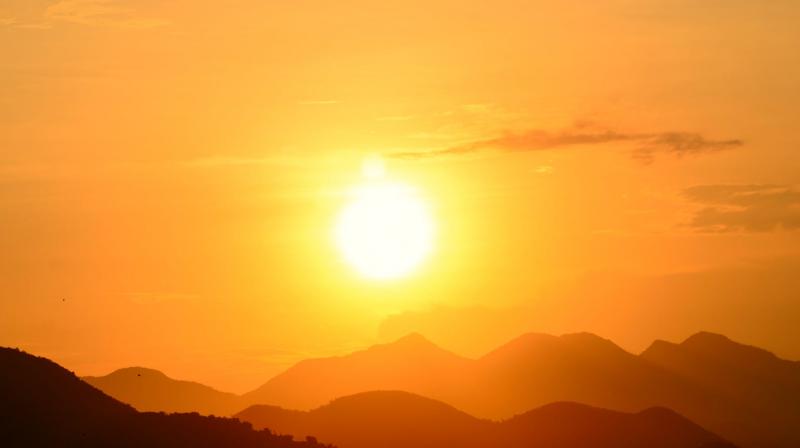The solar storm was graded G4, the second-highest grade possible, by the US National Ocean and Atmospheric Administration (NOAA).
It’s not every day that the Sun decides to throw a hissy fit, but when it does, it makes sure to pack a punch. Our planet was hit by a powerful solar storm on Friday, March 24, and nobody saw it coming. This was a solar storm so strong that it’s been graded G4 by the US National Ocean and Atmospheric Administration (NOAA), which is the second-highest grade possible. But what exactly is a solar storm? Well, a solar storm is a natural event that occurs when the sun releases a massive amount of energy in the form of solar flares, coronal mass ejections, and other types of eruptions. These eruptions can send huge waves of charged particles towards the Earth, which can cause a range of effects, from beautiful auroras to serious disruptions in communication systems and power grids.
Read More: Woman Has Charming Shop Assistant And Internet Is Gushing ‘Awww So Cute’: Watch
In the case of the G4 solar storm that hit us last Friday, the potential consequences were serious indeed. This kind of storm can cause widespread voltage control problems for power grids, and it can even cause protection systems to mistakenly trip key electric assets of the grid. In other words, it can wreak havoc on our electrical infrastructure, and that’s not something to be taken lightly. With a geomagnetic storm like this, there can also be problems for spacecraft operations. This includes causing surface charging and tracking problems.
The cause behind all this is the recently detected enormous black region on the surface of the Sun. The black spot is estimated to be around 20 to 30 times the size of Earth, reported The Business Insider. Dubbed the “coronal hole,” this mysterious area gives the impression that a section of the Sun has vanished into the void of space. The coronal hole is apparently emitting solar winds at a staggering speed of 2.9 million kilometres per hour, which are currently hurtling towards our planet.
Read More: Cat’s Head Gets Stuck In Iron Grill, Rescued And Treated, Applause All Around: Watch
Despite the alarming nature of this discovery, it’s worth noting that coronal holes are not unusual phenomena. In fact, they are a regular occurrence on the Sun’s surface, and NASA’s Solar Dynamics Observatory constantly monitors the Sun for any signs of coronal holes or other disturbances.
Fortunately, there were no reports of major disruptions or damage caused by the G4 solar storm, but it serves as a reminder of the power of nature and the importance of preparedness. Scientists and engineers are working hard to improve our ability to predict and mitigate the effects of solar storms, but there’s still a long way to go.





































